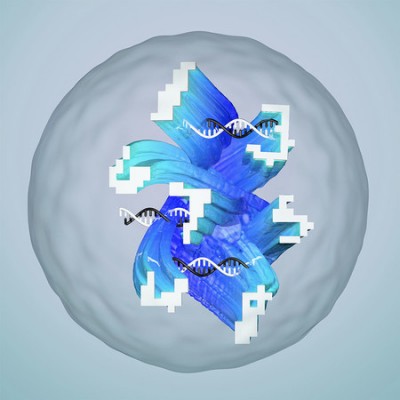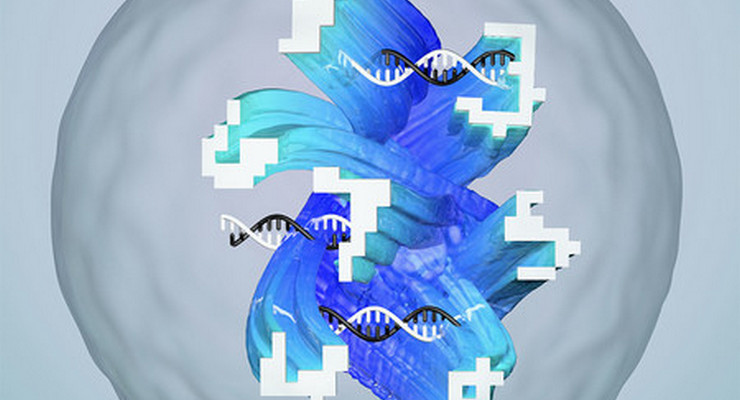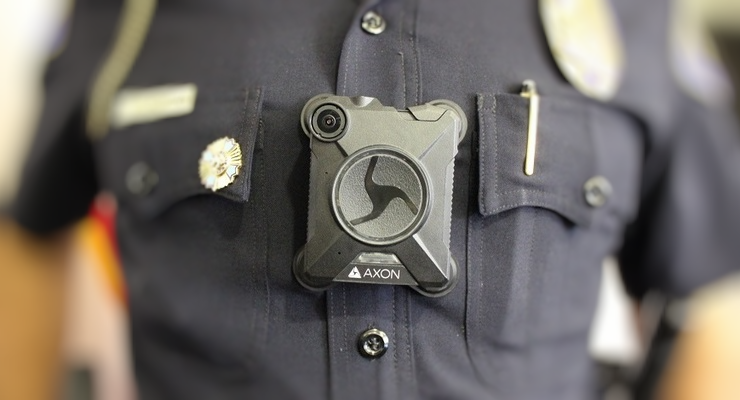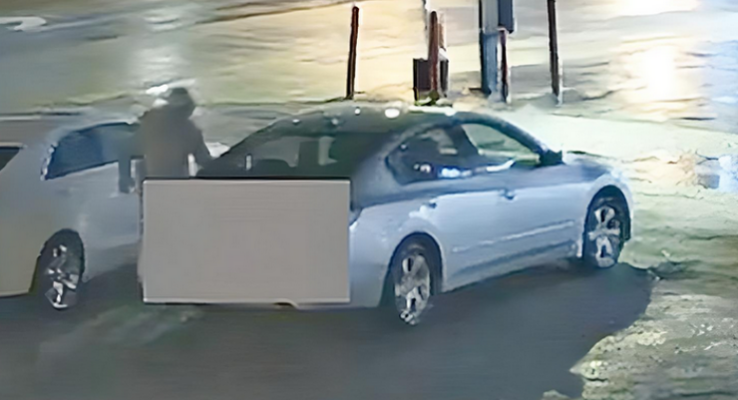
Caltech researchers have developed an artificial neural network made out of DNA that can solve a classic machine learning problem: correctly identifying handwritten numbers.
The researchers work in the laboratory of Dr. Lulu Qian, Caltech Assistant Professor of Bioengineering, who leads The Qian Lab at the Institute.
The work, to be published in the July 19 issue of Nature, the scientific journal, is a significant step in demonstrating the capacity to program artificial intelligence into synthetic biomolecular circuits, Caltech said in a statement said last Thursday.
“Though scientists have only just begun to explore creating artificial intelligence in molecular machines, its potential is already undeniable,” Qian said. “Similar to how electronic computers and smartphones have made humans more capable than a hundred years ago, artificial molecular machines could make all things made of molecules, perhaps including even paint and bandages, more capable and more responsive to the environment in the hundred years to come.”
Artificial neural networks are mathematical models inspired by the human brain. Although they’re much more simplified compared to the brain’s neural network, artificial networks are capable of processing complex information as well.
The Qian Lab’s ultimate goal for this research is to be able to program intelligent behaviors – the ability to compute, make choices, and more – with artificial neural networks made out of DNA.
“Humans each have over 80 billion neurons in the brain, with which they make highly sophisticated decisions,” Qian said. “Smaller animals such as roundworms can make simpler decisions using just a few hundred neurons. In this work, we have designed and created biochemical circuits that function like a small network of neurons to classify molecular information substantially more complex than previously possible.”
To illustrate the capability of DNA-based neural networks, Qian Lab graduate student Kevin Cherry chose a task that is a classic challenge for electronic artificial neural networks: recognizing handwriting, starting with handwritten numbers.
Since human handwriting can vary widely, the brain performs complex computational tasks in order to identify another person’s handwritten numbers. This can be difficult, but researchers have used this as a common test for programming intelligence into artificial neural networks, which need to be “taught” how to recognize numbers, account for variations in handwriting, then compare an unknown number to their so-called memories and decide the number’s identity.
Cherry, who is the first author on the paper, said that a neural network made out of carefully designed DNA sequences could carry out prescribed chemical reactions to accurately identify “molecular handwriting.”
Unlike visual handwriting that varies in geometrical shape, each example of molecular handwriting does not actually take the geometrical shape of a number, and is instead made up of 20 unique DNA strands chosen from 100 molecules, each assigned to represent an individual pixel in any 10 by 10 pattern.
“The lack of geometry is not uncommon in natural molecular signatures yet still requires sophisticated biological neural networks to identify them: for example, a mixture of unique odor molecules comprises a smell,” Qian said.
Qian and Cherry plan to develop artificial neural networks that can learn, forming “memories” from examples added to the test tube.
“Common medical diagnostics detect the presence of a few biomolecules, for example, cholesterol or blood glucose,” says Cherry. “Using more sophisticated biomolecular circuits like ours, diagnostic testing could one day include hundreds of biomolecules, with the analysis and response conducted directly in the molecular environment.”
The paper is titled “Scaling up molecular pattern recognition with DNA-based winner-take-all neural networks” and published online on July 4.
Funding was provided by the National Science Foundation, the Burroughs Wellcome Fund, and the Shurl and Kay Curci Foundation.

















